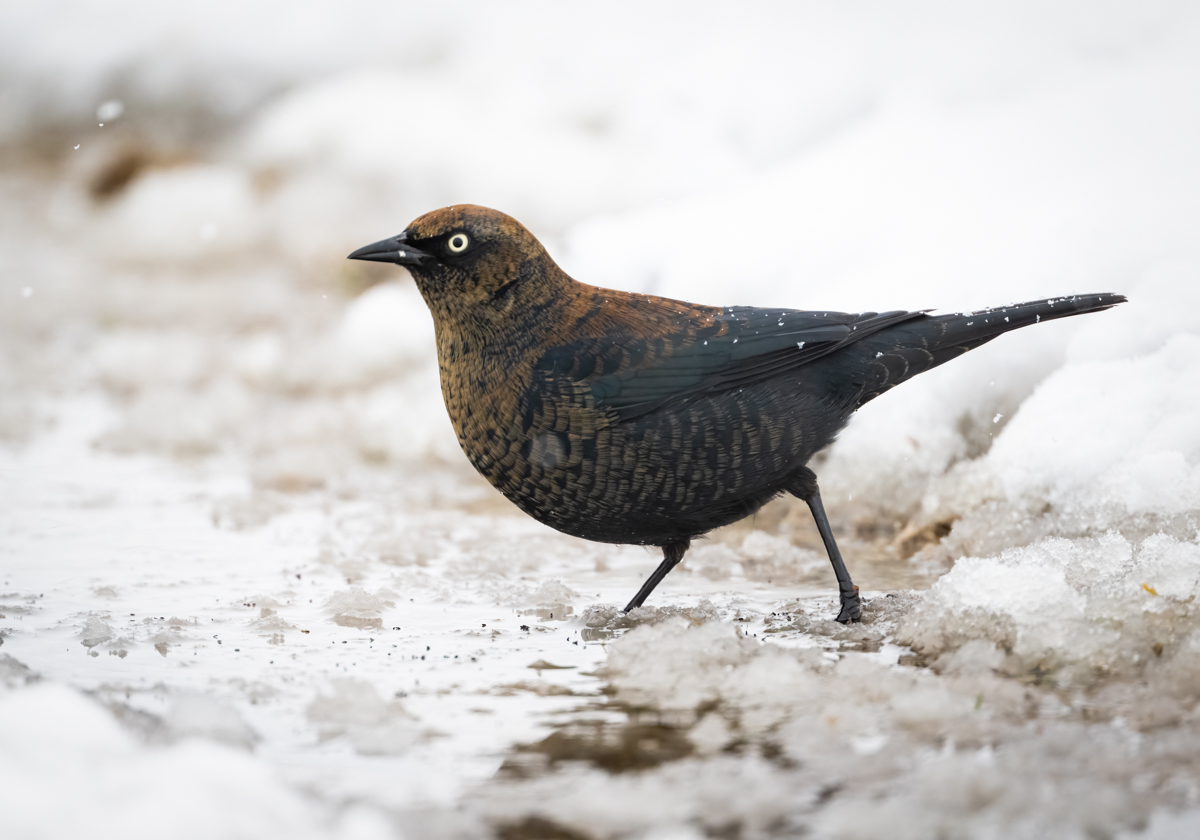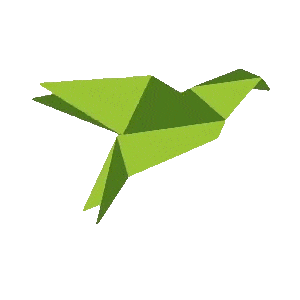
On Christmas Day in the year 1900, ornithologist Frank M Chapman, one of the original members of the fledgling Audubon Society, acted on a remark he had made that would change the course of birding forever. At the same time as the Audubon Society was gaining more members, the Christmas “Side Hunt” was the pervading popular holiday tradition where hunters competed to shoot the most animals, including birds; among them the Brown Pelican, an altogether too easy target owing to its huge size and slow flight.

By 1900, many Americans were growing increasingly concerned at the plight of birds like the pelican as newly enacted conservation strategies revealed the extent of the problems. Chapman had offered the rationale that continuing to shoot species whose populations were suffering wouldn’t help and suggested that it would be better to count the birds rather than kill them. Others listened, and that year, Chapman and twenty-six fellow participants in twenty-five locations across the country unwittingly began an alternative Christmas tradition. They recorded observations of around ninety species, and the following Christmas, hundreds more signed up and switched out the guns for binoculars, paper, and pencils.
The Christmas Bird Count (CBC) is now organized annually by the National Audubon Society and is one of the oldest and, crucially, largest, community science initiatives there are, combining conservation, recreation, and learning. Every year from December 14 to January 5, thousands of volunteers across the Western Hemisphere brave winter weather to count and catalog birds. This remarkable effort, now in its 125th year, provides invaluable data on bird populations, migratory patterns, and environmental changes.
Since its humble beginnings, the CBC has grown exponentially. Last year, more than 80,000 volunteers participated, covering 2,677 designated “circles,” each with a 15-mile diameter. The data collected provides a continuous record of bird populations and has become one of the most significant datasets for bird conservation worldwide; last year, almost 41 million birds were counted. This information is essential for conservation science: once the results are in, the data is compiled and analyzed, and as time passes this information will only ever grow in value.

For instance, CBC data has revealed sometimes steady but often sudden declines in many species, such as grassland birds and boreal forest specialists, and in 2007, data from the previous CBCs resulted in the State of the Birds Report: Common Birds in Decline (more information available here). This extensive report highlighted shocking situations right across the country. Species thought to be managing well like Rusty Blackbirds, Northern Bobwhites, and Eastern Meadowlarks, for example, were shown to have declined between 60% and 90% in just a few years, spurring targeted research into their habitat needs and threats. The data was instrumental in the creation of Audubon’s 2014 Climate Change Report, a first-of-its kind study whose aim was to predict how climate change would affect the ranges of some 588 North American birds. The models in that report indicate that at least 314 species of our most beloved birds will lose more than 50 percent of their current climatic range by 2080.

While the data can be shocking, the focus must remain on the good that these counts create. Many initiatives arise from this data and complement other long-term monitoring programs like the Breeding Bird Survey, Project FeederWatch, and BirdLife International projects overseas. Together, these efforts guide policies to protect migratory corridors, manage habitats, and mitigate climate change impacts. For example, for the past two decades, an unassuming small bird, the Grasshopper Sparrow, has been seen to have plummeted to less than one hundred birds in the state of Florida, kicking off a captive-bird breeding program that has just released its 1000th sparrow back into the wild. Their future is still uncertain but they are within a fighting chance of recovery.

Participation in the CBC is open to everyone, from seasoned birdwatchers to beginners, and you can find out more here. Volunteers join a local circle by contacting the compiler, who coordinates the count for their area. Each circle consists of teams assigned to specific zones, ensuring comprehensive coverage. Alternatively, individuals who prefer to count birds from their backyard can contribute data as “feeder watchers.” No prior experience is necessary to join; experienced birders are often paired with newcomers to provide guidance. Observers record every bird they see or hear, paying close attention to species identification, numbers, and locations. Afterward, the data is submitted to the Audubon Society for analysis.
Your count can also throw up some exciting results too, in the form of rarities you may not otherwise have seen. In last year’s count, observers in Texas were thrilled to spot a Mottled Owl, a first in the entire history of the CBC in the United States.

Participating in the CBC is more than just counting birds—it’s a way to connect with nature and contribute to vital conservation efforts, of course, but also to enjoy the camaraderie of like-minded individuals. For nature lovers, the CBC offers a chance to spend time outdoors, even in winter’s chill. Numerous studies have shown that exposure to nature reduces stress, boosts mood, and improves overall well-being. The count also sharpens observational skills and expands knowledge about local ecosystems.
From a conservation perspective, every participant’s effort matters. Birds are crucial indicators of environmental health, and changes in their populations often signal broader ecological shifts. By taking part in the CBC, you help provide data that could lead to measures protecting not only birds but also the habitats they share with other wildlife—and humans. This makes the Christmas Bird Count a win-win activity for both people and birds, fostering community engagement, enhancing individual well-being, and advancing scientific knowledge. Whether you’re a lifelong birder or a curious newcomer, the CBC is an opportunity to make a difference while celebrating the wonder of nature.



